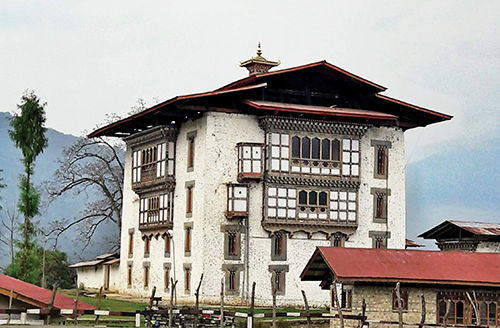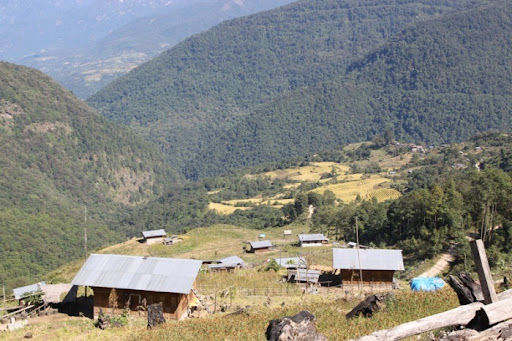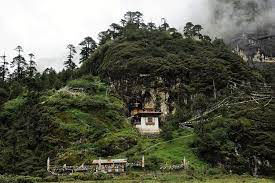The Ancestral Home of the Kings
In the north-eastern corner of Bhutan lies the ancient region of Kurtoe or Lhuentse as it is known today. It is the ancestral home of our Kings and boasts some sacred sites of pilgrimage in the country. It is located 77km from Mongar (3 hours’ drive) and is one of the most isolated districts in Bhutan. The landscape is spectacular, with stark cliffs towering above river gorges and dense coniferous forests. The region is famous for its weavers, and their distinctive textiles are generally considered to be the best in the country. Kishuthara is one textile that the Kurtoep women are deft in weaving.
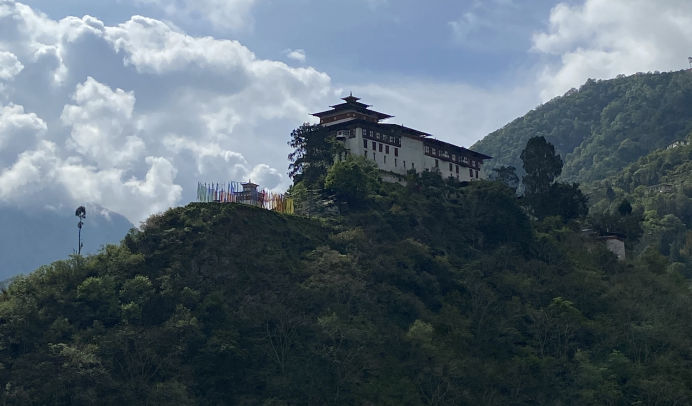
Lhuentse Dzong
Popularly known as Lhundub Rinchentse, the Dzong was built in 1654 by the Trongsa Penlop Chogyal Minjur Tempa at a site where once stood a small temple built by Nagi Wangchuk in 1552. Built on a hill overlooking the Kurichu, the dzong is today the administrative and the religious centre of the district. The Dzong houses many sacred artifacts that was installed by the 4th Druk Desi Tenzin Rabgay.
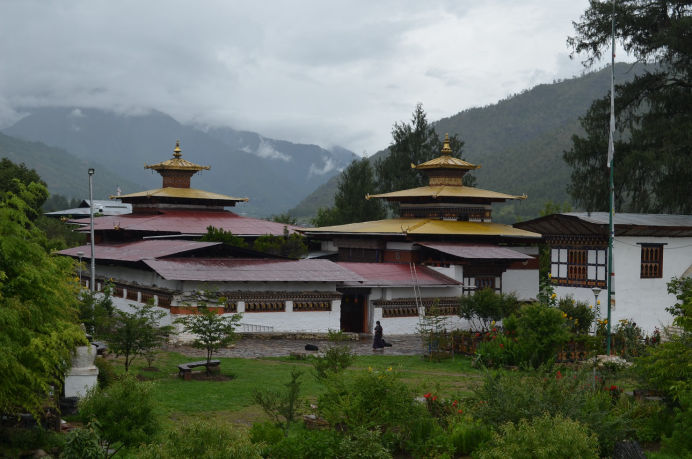
Kilung Lhakhang
A twenty minute drive from the Dzong on the route towards Kurtoe Dungkhar will take you to the small village of Kilung inhabited by the Tshanglas who migrated during the late 1880’s and settled there. In the village one will come across the Kilung Lhakhang situated on a ridge overlooking the Kurichu river built on the former site of the Kilung Gyalpo, a regional chieftain. It houses the sacred chain mall once used to recapture a statue that miraculously flew away from the Lhuentse Dzong.

Jangchubling Monastery
This is another monastery worth paying a visit. It was founded in the 18th century by Pekar Gyatso and till recently was under the patronage of the 16th Karmapa Rangjung Rigpe Dorji. The daughter of 1st King, Ashi Wangmo lived here at the monastery as a nun. The monastery is well connected by a feeder road.
